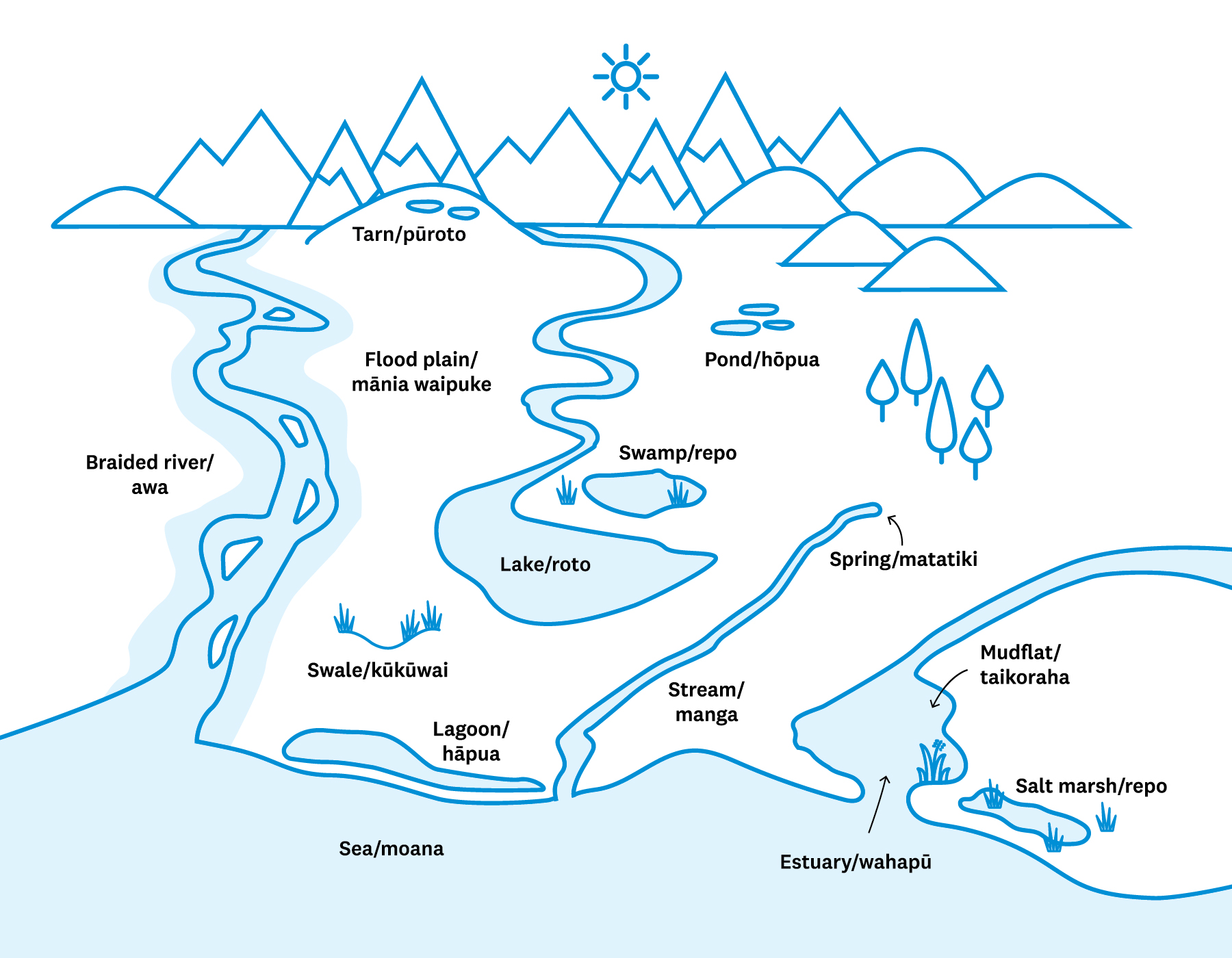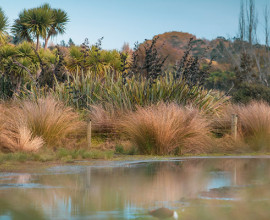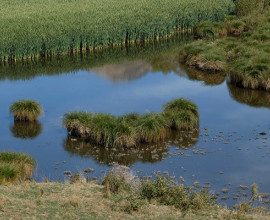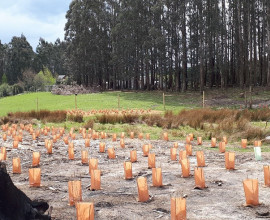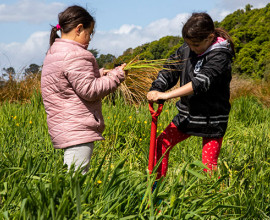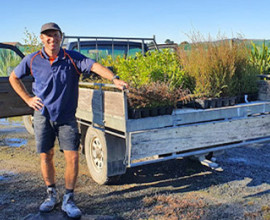Importance of wetlands
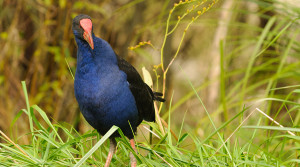 Wetlands form a critical connection between our land and water, support an incredible array of plants and animals, and have important benefits such as improving water quality and protecting against floods. They also store large amounts of carbon and therefore are an essential ecosystem for reducing the impacts of climate change.
Wetlands form a critical connection between our land and water, support an incredible array of plants and animals, and have important benefits such as improving water quality and protecting against floods. They also store large amounts of carbon and therefore are an essential ecosystem for reducing the impacts of climate change.
What are wetlands?
'Wetlands' is the collective term for the wet margins of streams, rivers, ponds, lakes, estuaries, bogs, swamps and lagoons. They provide a habitat for wildlife and support an indigenous ecosystem of plants and animals that have adapted to living in wet conditions. However, they are not always wet.
A single wetland can look very different depending on the season. Whether they are permanently or intermittently wet, they support a natural ecosystem of plants and animals that have adapted to their conditions.
The types of plants and animals found in wetlands can vary depending on whether it is coastal or inland freshwater, how much water flows in and out, how warm it gets and whether nutrients or sediment are present in it.
Where you can find wetlands
There are a variety of wetlands across Canterbury, such as bogs and fens, estuaries and lagoons, lacustrine and riverine, and swamps. This illustration shows the landscapes where you can expect to find wetlands in the region.
Environmental benefits of wetlands
Wildlife habitat
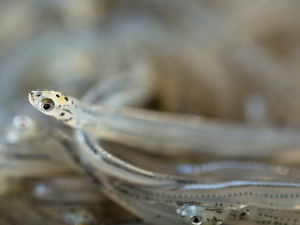
Whitebait/īnanga
Wetlands support a greater concentration of wildlife than any other habitat in New Zealand, providing a food source for fish, birds and other animals.
Although wetlands now cover less than two percent of New Zealand's land area, they are still home to an astounding 22 percent of all our native bird species and are essential breeding areas for many of our native fish such as whitebait/īnanga.
Wetlands provide a habitat for an incredible number of native species ranging from fish to invertebrates, frogs, and birds. Some of these species live only in wetlands, and many of Aotearoa New Zealand's wetland species are endemic and found nowhere else in the world.
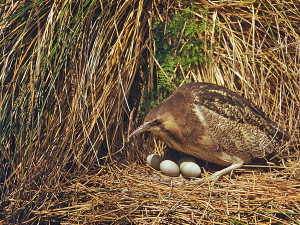
Australasian bittern/matuku
Birds that are common to Canterbury's wetlands include pūkeko, Australasian bittern/matuku, and banded dotterel/tūturiwhatu.
Canterbury wetlands are important spawning sites for whitebait/īnanga and are commonly home to native species like shortfin eels/tuna and piharau – an eel-like fish. New Zealand's most threatened mudfish species, the Canterbury mudfish/kōwaro, depends on wetlands for their survival.
A variety of plants have adapted to thrive in wetland environments, from tiny mosses to large trees. Common plants in Canterbury include tea tree/mānuka, flax/harakeke, and bullrush/raupō.
Read about the different types of wetlands in Canterbury and plants and wildlife that depend on them.
Water quality
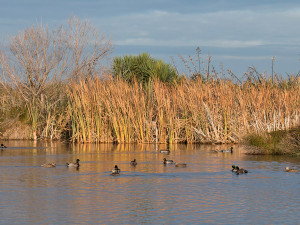 Wetlands can significantly improve water quality and are a wonderful tool to filter and recycle waste, pollutants, and sediment washed from the land. They do this by acting as a giant sponge, or kidney, cleaning the water that flows into them by capturing sediment or pollutants and filtering out nutrients.
Wetlands can significantly improve water quality and are a wonderful tool to filter and recycle waste, pollutants, and sediment washed from the land. They do this by acting as a giant sponge, or kidney, cleaning the water that flows into them by capturing sediment or pollutants and filtering out nutrients.
The many types of plants that live in and around wetlands support this filtration process by adding oxygen to the water and trapping sediment, making the water that flows out clearer. By trapping waterborne sediment, wetland plants are also able to prevent silt from entering streams, harbours, estuaries and lagoons.
Bacteria living in wetland soils can absorb and break down nutrients from fertilisers, chemicals, and animal waste, and case studies have shown that a percentage of nitrogen in farm run-off can be broken down in wetlands.
Combating climate change
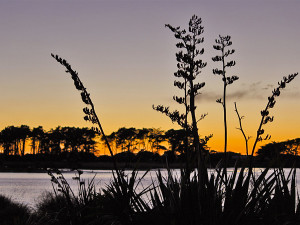 While carbon is the main building block of life on our planet, fossil fuels (coal, crude oil, and natural gas) release or emit an excess of carbon into the atmosphere. These carbon emissions are a key driver of the greenhouse effect, where gases in the earth's atmosphere trap the sun's heat.
While carbon is the main building block of life on our planet, fossil fuels (coal, crude oil, and natural gas) release or emit an excess of carbon into the atmosphere. These carbon emissions are a key driver of the greenhouse effect, where gases in the earth's atmosphere trap the sun's heat.
Wetlands act as carbon sinks, or 'storehouses', to absorb carbon. A carbon sink is anything that absorbs more carbon from the atmosphere than it releases.
It's estimated that wetlands may store as much as 40 percent of global land carbon, making them an important tool in combating climate change.
Flood protection
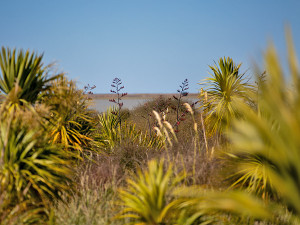 Because wetlands soak up water, they can play an important part in mitigating flooding.
Because wetlands soak up water, they can play an important part in mitigating flooding.
Wetlands can absorb excess flood water and then slowly release it, significantly softening the impacts on land and infrastructure.
Common wetland plants such as reeds and flaxes can also play a part in slowing the flow of floodwaters.
Cultural significance
Wetlands have a significant cultural and spiritual value to mana whenua and are considered a taonga/treasure.
These spaces have traditionally been an important source of mahinga kai, which is the traditional value of all natural resources and their ecosystems, as well as practices involved in producing, gathering, and protecting them.
Manaaki Whenua – Landcare Research has produced Te Reo o Te Repo – Kei konei tonu au: The Voice of the Wetland, which provides information on Māori values, knowledge, and perspectives on wetlands.
Recreational opportunities
Wetlands offer endless opportunities for recreational activity such as walking, fishing, boating, and birdwatching.
Explore Canterbury's publicly accessible water recreational sites.
While wetlands can be fantastic places for recreation, care should always be taken so as to not disturb or damage plants and wildlife or the physical environment.

